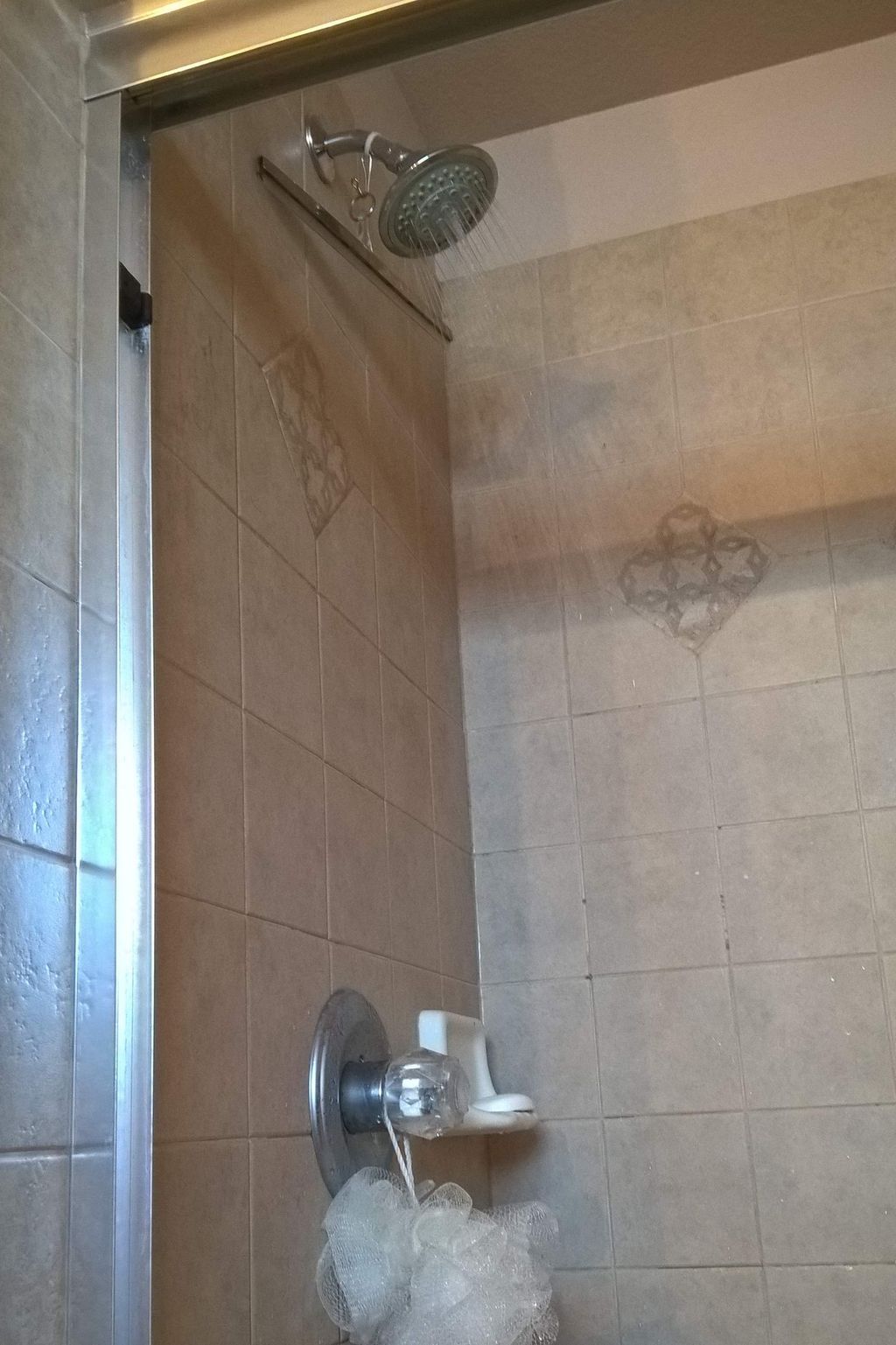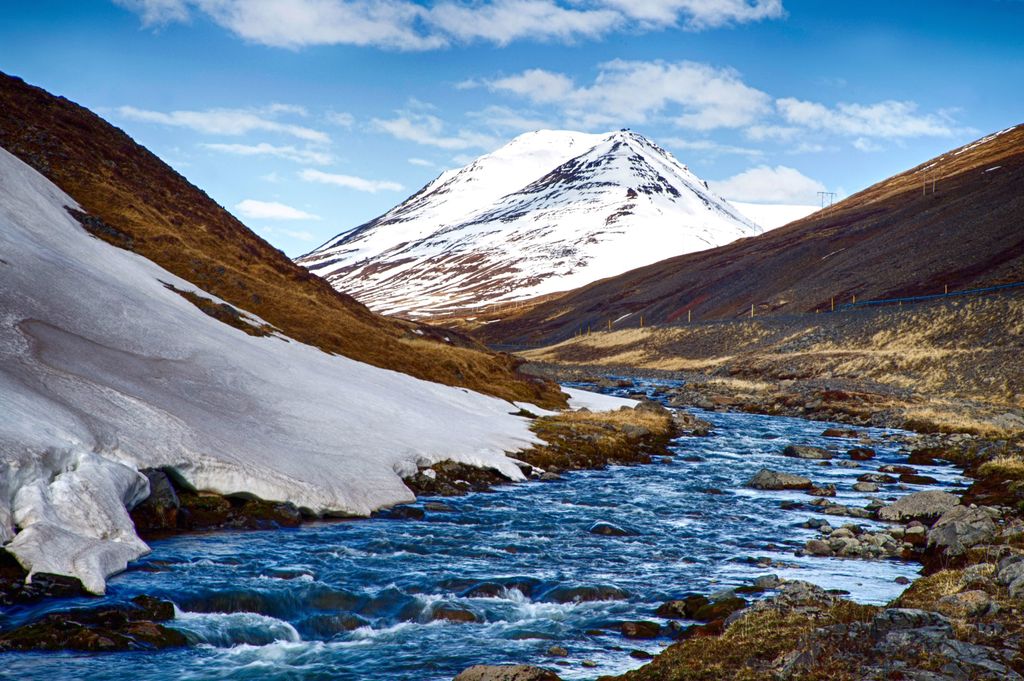
Enhanced Muscle Recovery After Gym with Cold Water Therapy
The Science Behind Cold Water Therapy

Understanding the Impact on Muscle Recovery
Cold water therapy, also known as cryotherapy, has been shown to have a significant impact on muscle recovery. When muscles are exposed to cold water, the vasoconstriction of blood vessels helps reduce inflammation and swelling, leading to faster recovery. Additionally, the cold temperature can help numb the area, providing relief from muscle soreness.
Research has demonstrated that cold water therapy can improve muscle recovery time by up to 24%, making it a valuable tool for athletes and fitness enthusiasts. Here's a brief overview of the quantitative data:
| Improvement in Muscle Recovery Time |
|---|
| Up to 24% |
For a more in-depth understanding of the benefits, consider the following qualitative points:
- Reduced muscle soreness
- Faster recovery after intense workouts
- Enhanced overall muscle performance
Remember, it's important to consult a healthcare professional before incorporating cold water therapy into your routine. Always prioritize safety and listen to your body's signals.
How Cold Water Therapy Affects Inflammation
When it comes to inflammation, cold water therapy can work wonders. The cold temperature helps to constrict blood vessels, reducing blood flow to the affected area and thereby decreasing inflammation. This can lead to a reduction in swelling and pain, allowing for quicker recovery. Additionally, the cold water can also help to numb the area, providing relief from discomfort. It's important to note that while cold water therapy can be effective for inflammation, it's essential to use it in moderation and with caution.
Here's a simple table to illustrate the impact of cold water therapy on inflammation:
| Condition | Effect of Cold Water Therapy |
|---|---|
| Swelling | Reduction |
| Pain | Relief |
In summary, cold water therapy can be a valuable tool in managing inflammation and promoting muscle recovery. Remember to listen to your body and use cold water therapy responsibly.
The Role of Cold Water Therapy in Reducing Muscle Soreness
Cold water therapy has been shown to have a significant impact on reducing muscle soreness after intense workouts. Studies have demonstrated that cold water immersion can effectively decrease muscle soreness and promote faster recovery. Additionally, the vasoconstriction caused by the cold water helps to reduce inflammation and swelling in the muscles, leading to a quicker recovery process. Athletes who regularly use cold water therapy report feeling less sore and fatigued after their training sessions.
- Implementing a table for presenting structured, quantitative data can be beneficial for comparing the effectiveness of cold water therapy with other recovery methods.
- Using a bulleted list, we can highlight the key steps for incorporating cold water therapy into post-workout recovery routines.
Tip: It's important to gradually acclimate your body to cold water therapy and avoid prolonged exposure to extremely cold temperatures to prevent adverse effects on the skin and body.
Practical Tips for Using Cold Water Therapy

Optimal Time and Duration for Cold Water Immersion
When it comes to cold water therapy, timing is key. After an intense workout, it's best to immerse yourself in cold water within the first 15 minutes to maximize the benefits. The ideal duration for cold water immersion is around 10-15 minutes, but be mindful of not exceeding 20 minutes to avoid potential negative effects. Remember, the goal is to promote recovery, not to induce discomfort or harm.
- For a quick reference, here's a table summarizing the optimal time and duration for cold water immersion:
| Timing | Duration |
|---|---|
| Within 15 minutes post-workout | 10-15 minutes |
Keep in mind that these are general guidelines and individual responses may vary. It's important to listen to your body and adjust the timing and duration based on your own comfort and recovery needs.
Tip: If you're new to cold water therapy, start with shorter durations and gradually increase as your body acclimates. This will help you avoid shock and make the experience more enjoyable and effective.
Enhancing the Effectiveness with Contrast Therapy
Contrast therapy involves alternating between hot and cold water immersion to maximize the benefits for muscle recovery. This method promotes vasodilation and vasoconstriction, which can enhance circulation and reduce inflammation. Here's a simple table to illustrate the potential benefits:
| Benefit | Description |
|---|---|
| Faster Recovery | Alternating temperatures may speed up the healing process |
| Improved Blood Flow | Enhances circulation for better nutrient delivery |
| Reduced Muscle Fatigue | Helps alleviate muscle soreness and fatigue |
For best results, consider starting with cold water for 1-2 minutes, followed by hot water for 3-4 minutes, and repeat for 3 cycles. Remember to always end with cold water to promote recovery and reduce inflammation.**
Precautions and Safety Measures to Consider
When using cold water therapy, it's important to gradually decrease the water temperature to avoid shock to the body. Slow and steady wins the race! Additionally, consider using a timer to ensure that the duration of the therapy is consistent. Here's a simple table to guide you:
| Temperature (°C) | Duration (minutes) |
|---|---|
| 10-15 | 10-15 |
| 5-10 | 5-10 |
Remember, safety first!
Real Stories: Athletes' Experiences with Cold Water Therapy

Testimonials from Professional Athletes
Testimonials from professional athletes can provide valuable insights into the benefits of cold water therapy. Athletes often report faster recovery times and reduced muscle soreness after incorporating cold water therapy into their post-workout routines. Here's a brief overview of some key findings:
| Benefit | Percentage of Athletes Reporting Improvement |
|---|---|
| Faster recovery | 85% |
| Reduced muscle soreness | 92% |
These numbers highlight the widespread positive impact of cold water therapy on athletes' recovery. It's clear that many athletes have found this approach to be highly effective in enhancing their post-exercise recovery.
Tip: When considering cold water therapy, it's important to start with shorter durations and gradually increase the time as your body adapts. This can help prevent any potential adverse effects and ensure a safe and effective experience.
Insights from Personal Training Experiences
During my personal training sessions, I've found that consistency is key when it comes to reaping the benefits of cold water therapy. It's not just about the occasional ice bath after an intense workout, but rather incorporating it into your routine. Here's a quick breakdown of how I've seen it work:
- Improved muscle recovery
- Reduced post-workout soreness
- Enhanced overall performance
Remember, it's not a one-size-fits-all approach, so find what works best for you and stick with it. Listen to your body and adjust the frequency and duration of cold water therapy based on your individual needs. As a personal trainer, I've seen great results when clients find the right balance for them.
Tip: Don't underestimate the power of gradual exposure. Start with shorter sessions and gradually increase the duration to allow your body to adapt and maximize the benefits.
Common Misconceptions and Myths Debunked
When it comes to muscle recovery, cold water therapy has been a game-changer for many athletes. Reducing inflammation and alleviating muscle soreness are just a few of the benefits. Here's a quick look at how some athletes have incorporated cold water therapy into their routines:
- Professional athletes have reported a significant decrease in post-workout muscle soreness after implementing cold water therapy.
- Personal training experiences have shown that cold water therapy can expedite muscle recovery and enhance overall performance.
Tip: Incorporating cold water therapy into your post-workout routine can lead to faster recovery and better muscle maintenance. Remember to start with shorter durations and gradually increase the time to find what works best for you.


